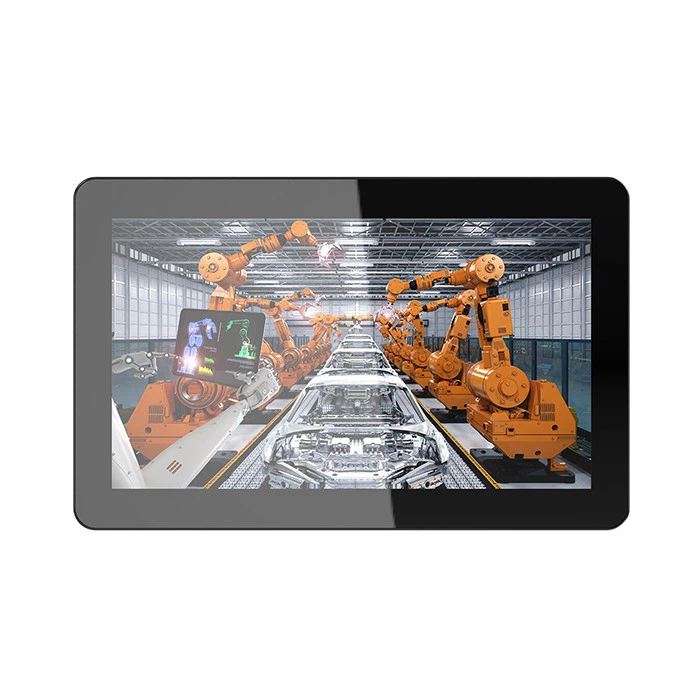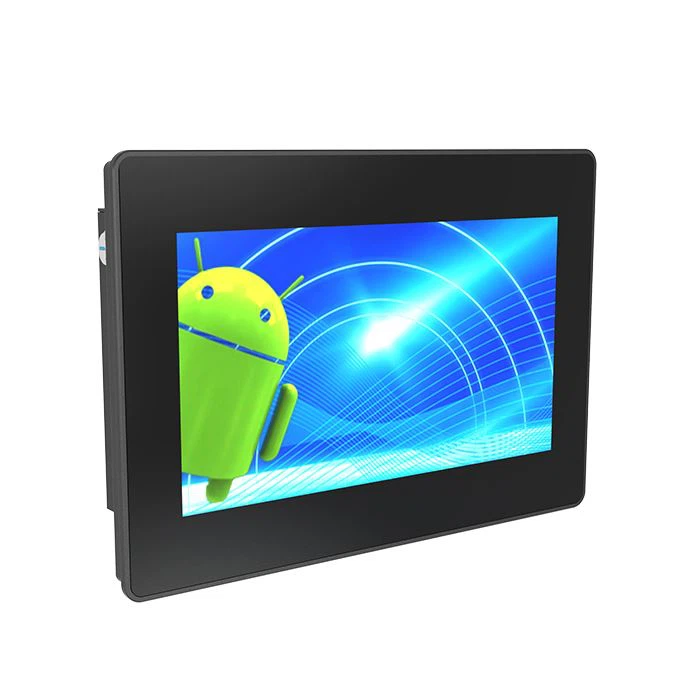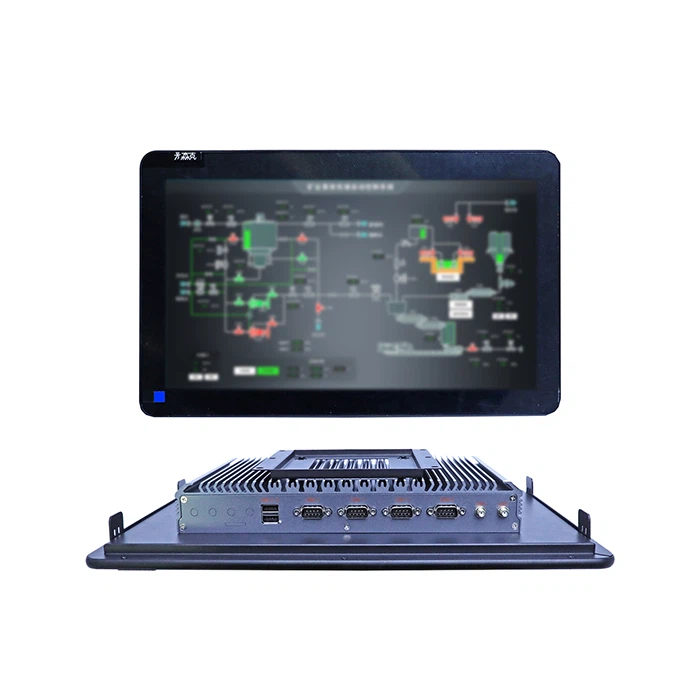Do you know the core of the “Industry 4.0” era? – Industrial Control Equipment PC
Industry Trends 2025-10-04
Do you know the core of the “Industry 4.0” era? – Industrial Control Equipment PC
With the development of “Industry 4.0” and “Made in China 2025”, industrial control equipment, as the core equipment of intelligent manufacturing, has undergone some new changes. These changes play a decisive role in the era of intelligent manufacturing.
The fourth industrial revolution, led by intelligent manufacturing, is an intelligent system integrating a large number of computer, communication and control technologies. Against the backdrop of the highly integrated development of various new technologies, industrial control computers are at a new technological turning point. In the future, industrial control computers will break through the existing technical architecture and form a new generation of industrial control computers, characterized by more open system architecture, higher integration, modular functional modules, and intelligent machines. This will provide important support for the construction of intelligent systems under “Industry 4.0”.
The core of intelligent manufacturing lies in the collection, integration and circulation of information. To meet this demand, in addition to their original role as automation machines, future industrial control computers will also need to integrate software and firmware to connect the upper level (decision-making) and the lower level (collecting and converting data streams from different interfaces), and link the service terminal demand ecosystem. Customers are no longer satisfied with receiving single products, but prefer that suppliers can provide overall solutions centered on industrial control computers. This will inevitably change the service model of the entire industrial control computer industry. Clearly, using cloud computing, cloud storage and other information technologies to build complete intelligent manufacturing system solutions for industry applications will be more favored by users.
With the promulgation of “Made in China 2025” and the continuous advancement of the intelligent manufacturing industry, fields such as numerical control, robotics, aerospace, ships, rail transportation, energy conservation and new energy, power equipment, and agricultural equipment will all become the main battlefields for industrial control computers. As the application fields of industrial control computers continue to expand, the requirements for customization and specialization are also constantly increasing. There are significant differences among various industries, and traditional general-purpose industrial control computers are difficult to meet the needs of all industries. At the same time, within the industry, to maintain their own advantages and demonstrate core competitiveness, similar solutions should not be adopted. Therefore, industry-specific, customized industrial control computers are an inevitable result of industry development.
According to data analysis, the embedded system market will grow at a compound annual growth rate of 6.4% and reach a market capacity of 233.13 billion US dollars by 2021. In terms of function, the market can be divided into four major categories: single machine, real-time, network, and mobile. The real-time embedded system market share is the largest. By microcontroller type, the market can be divided into small, medium, and large embedded systems. Medium-sized embedded systems account for the largest share of the global market. By type, embedded systems can be divided into embedded hardware and embedded software. Embedded hardware accounts for the majority of the market.
In terms of application, the market is divided into seven major fields: automotive, telecommunications, healthcare, industrial, consumer electronics, aerospace and defense, and others. The automotive industry has the largest market share, accounting for 18%. By region, the global embedded system market is divided into four major regions: North America, Europe, Asia-Pacific, and the rest of the world. North America accounts for more than 36% of the global market.
Compared with traditional industrial control computers, the advantages of embedded industrial control computers mainly lie in good product function flexibility, device miniaturization, high reliability requirements, and ultra-low power consumption fanless design. The development of embedded industrial control computers is rapid and has replaced traditional industrial control computer products in many fields, such as manufacturing industry, process control, aerospace, and military equipment. However, despite this, embedded industrial control computers cannot completely replace traditional industrial control computers. Firstly, the position of the embedded industrial control computer in the entire measurement and control system is often at the front end. The connection of the embedded industrial control computer to the upper level is usually with traditional industrial control computers. In terms of computing power, software resources, and database support, traditional industrial control computers are beyond the reach of embedded industrial control computers.
Secondly, in the construction of large-scale systems, the system expansion capability and network communication capability of traditional industrial control computers are also difficult for embedded industrial control computers to replace. In fields such as visual design, process monitoring, data statistics, scientific computing, prototype simulation design, and in-the-loop simulation, traditional industrial control computers have inherent advantages.


